Have you ever considered reaching out to a professor to discuss research opportunities, mentorship, or collaboration? Whether you’re a student or a professional, sending a cold email to professor can be an effective way to connect with them and explore your shared interests. In this blog post, we’ll guide you through the steps to craft a persuasive cold email to professor that grabs their attention, demonstrates your genuine interest, and ultimately leads to a positive outcome. Let’s get started!
Key Takeaways
- Identify the right professor by researching their interests and publications
- Craft a compelling, brief, relevant and urgent subject line tailored to recipient’s interests
- Personalize introduction, demonstrate knowledge of work & explain interest/value when sending cold emails
Identifying the Right Professor

Cold emailing professors can be a powerful tool for networking and unlocking research opportunities, but it all starts with finding the right professor to contact. To do this, research their interests, publications, and research projects through university websites or LinkedIn. Understanding a professor’s work allows you to customize your proposal to align with their needs, thereby enhancing the likelihood of a positive interaction.
However, you don’t need to become an expert in all of their works. Select a research paper or project that particularly interests you and gain a basic understanding of it. It’s also recommended to limit your initial outreach to a maximum of two professors in the same department, especially when seeking independent research opportunities.
Crafting a Compelling Subject Line

A compelling subject line is key in piquing a professor’s interest and raising the chances that your email will be read. For an impactful subject line, it should:
- Be brief
- Be relevant
- Highlight common interests
- Invoke a sense of urgency
Keep in mind, professors receive numerous emails every day, so distinguishing your email is of paramount importance.
For instance, instead of a generic subject line like “Research Opportunity Inquiry,” try something more specific, such as “Exploring Collaboration on Chesapeake Bay Watershed Project.” This subject line immediately highlights a mutual research interest and demonstrates that you’ve taken the time to research the professor’s work.
Keep It Short and Relevant
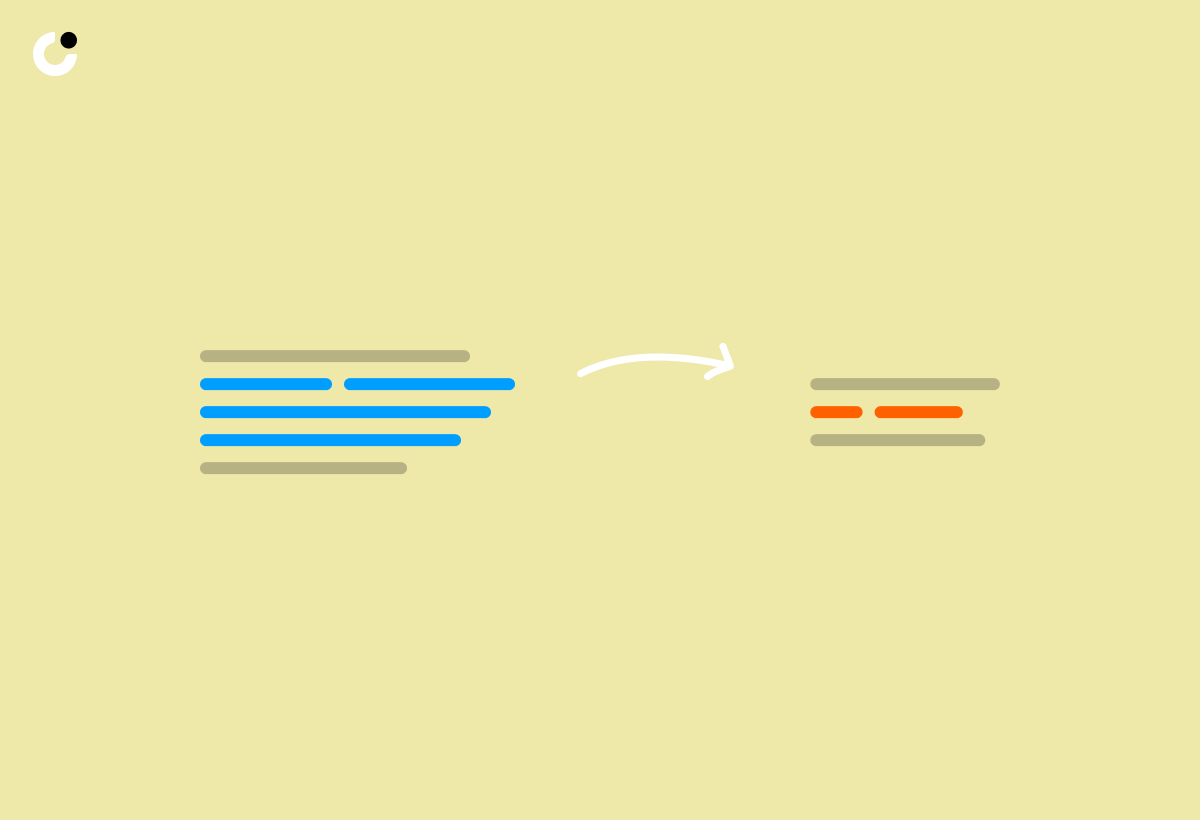
For the subject line, being concise is paramount. Try to limit it to no more than 9 words and 60 characters, with a maximum of 3 punctuation marks. This ensures the subject line is easily readable and quickly conveys the purpose of your email.
Much like a succinct introduction or cover letter, an informative subject line aids in retaining the recipient’s interest and boosts the chances of eliciting a response.
Highlight Mutual Interests

Integrating shared interests into your subject line can considerably enhance its ability to grasp the recipient’s attention. Highlighting a mutual acquaintance or shared interest helps in forging an immediate connection with the professor. Taking the time to examine their work and identify those who share similar research interests demonstrates genuine interest and raises the probability of receiving a response.
Create a Sense of Urgency

Creating a sense of urgency in your subject line can drive the professor to act promptly, thus heightening the significance and priority of your message. To achieve this, consider using words like “now” or “immediately,” setting a deadline, or emphasizing the benefits of taking action.
For example, “Last Chance to Join Water Quality Research Collaboration” implies a limited opportunity and prompts the recipient to act quickly.
Writing a Persuasive Cold Email
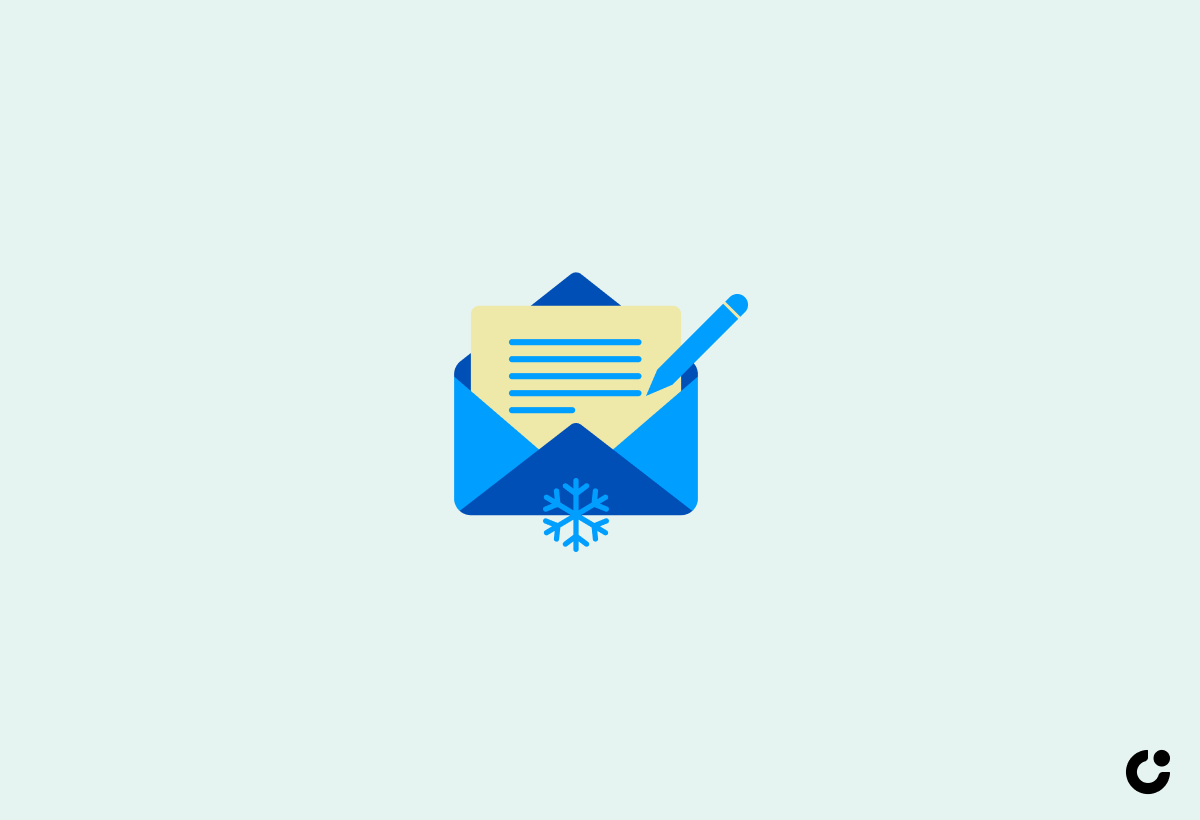
Once you have an engaging subject line ready, you can concentrate on composing an appealing cold email. Here are some tips on how to cold email effectively:
- Personalize your introduction by including your name, school, program, and a brief explanation of why you’re reaching out.
- Showcasing your understanding of the professor’s work is important, so refer to their research or publications that strike a chord with you.
- Include insightful comments or thoughtful questions about their work.
Next, explain your interest and value in their research by highlighting:
- Your skills
- Available time
- Enthusiasm for the subject
- Prior research experience
Be clear about what you’re seeking, whether it’s a research opportunity, mentorship, or collaboration.
Lastly, convey your appreciation and recognise the professor’s demanding schedule while ensuring that your email stays succinct and influential.
Personalize Your Introduction

While introducing yourself in a cold email, strive to be concise yet informative. Include the following information:
- Your name
- Current academic year
- Educational institution
- Area of academic focus
Also, mention the source of your introduction to the professor’s research, whether it’s from a paper, a presentation, or a mutual connection.
Customizing your introduction indicates that you’ve invested time in understanding the professor and have a genuine interest in their work.
Demonstrate Knowledge of Their Work

Illustrate your preparedness by discussing the professor’s research within the body of the email. Reference specific papers or projects they’ve undertaken and express your enthusiasm for those topics. By demonstrating your engagement and understanding of their work, you’ll not only capture their attention but also increase the chances of a positive response.
Explain Your Interest and Value

In the email, lucidly communicate what intrigued you about the professor’s research and how it aligns with your academic or career goals. Highlight any relevant achievements or experiences that demonstrate your value and show that you’re the right fit for the opportunity.
Be sure to express genuine interest and enthusiasm for the subject, which can go a long way in capturing the professor’s attention.
Making a Clear and Concise Offer

When stating your offer or request, being clear and concise is crucial. Explain exactly what you’re seeking and how you can contribute to the professor’s research or project. For example, you might say, “I’d love to contribute my skills in data analysis and laboratory techniques to your ongoing water quality research.” By being clear and concise, you demonstrate respect for the professor’s time and increase the likelihood of receiving a positive response.
Enhancing Your Email with Supporting Materials

To strengthen your cold email, consider attaching supporting documents like a CV or portfolio that highlight your skills and experience. These materials can help demonstrate your qualifications and make your email stand out among the numerous cold emails professors receive. Remember to format these materials appropriately and ensure they’re easily accessible to the professor, as this can make a significant difference in their perception of your professionalism and competence.
Polite Follow-up Techniques

If your initial email doesn’t receive a response, don’t lose heart. Professors have hectic schedules, and they might not have had the opportunity to read or respond to your message. When following up, it’s important to be polite and respectful of their time. Give them ample time to respond before sending a follow-up email, typically waiting at least one week.
In your follow-up email, you should:
- Briefly remind the professor of your initial email
- Reiterate your interest in their research or project
- Keep the message concise and courteous
- Avoid any language that could be perceived as pushy or demanding
- Strike a balance between being proactive and respecting the professor’s time
Persistence can pay off, but it’s essential to approach follow-up emails in a professional and respectful manner.
Avoiding Common Cold Email Pitfalls
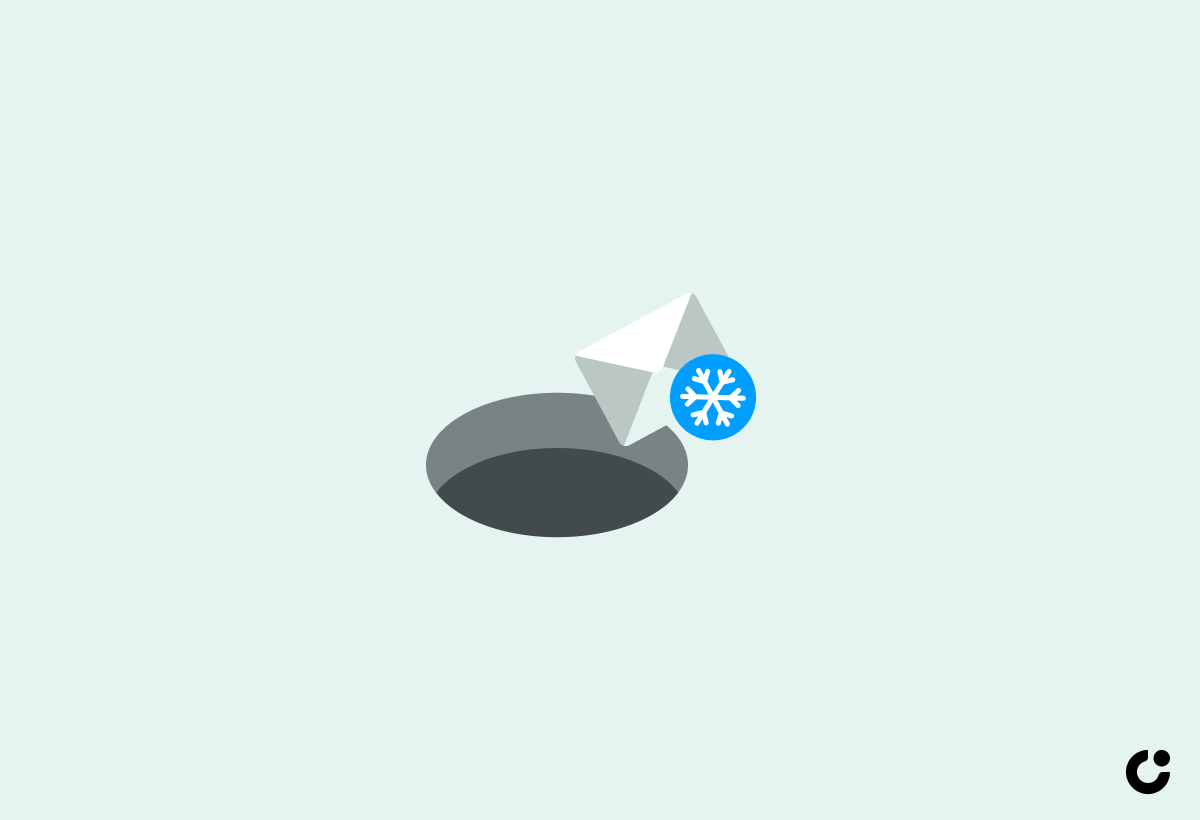
To optimize the success of your cold emailing endeavors, it’s important to steer clear of common mistakes that might impede your chances of eliciting a positive response. These pitfalls include using generic templates, not proofreading for errors, and not respecting the professor’s time. By steering clear of these issues, you demonstrate professionalism and genuine interest in the professor’s work, increasing the likelihood of a favorable outcome.
Customizing your email for each professor is imperative, as it indicates that you’ve invested time in understanding their work and have a sincere interest in connecting with them. Additionally, always double-check your email for grammatical and spelling errors, as they can leave a negative impression and damage your credibility. By avoiding these common pitfalls, you’ll be well on your way to crafting an effective cold email that captures the professor’s attention and prompts a positive response.
Steer Clear of Generic Templates

Employing generic templates in cold emails can render your message impersonal and unoriginal, decreasing the probability of eliciting a response. Instead, take the time to customize your email, demonstrating that you’ve researched the professor’s work and are genuinely interested in their research.
By personalizing your email, you’ll create a more favorable impression and increase the likelihood of a positive outcome.
Proofread for Errors
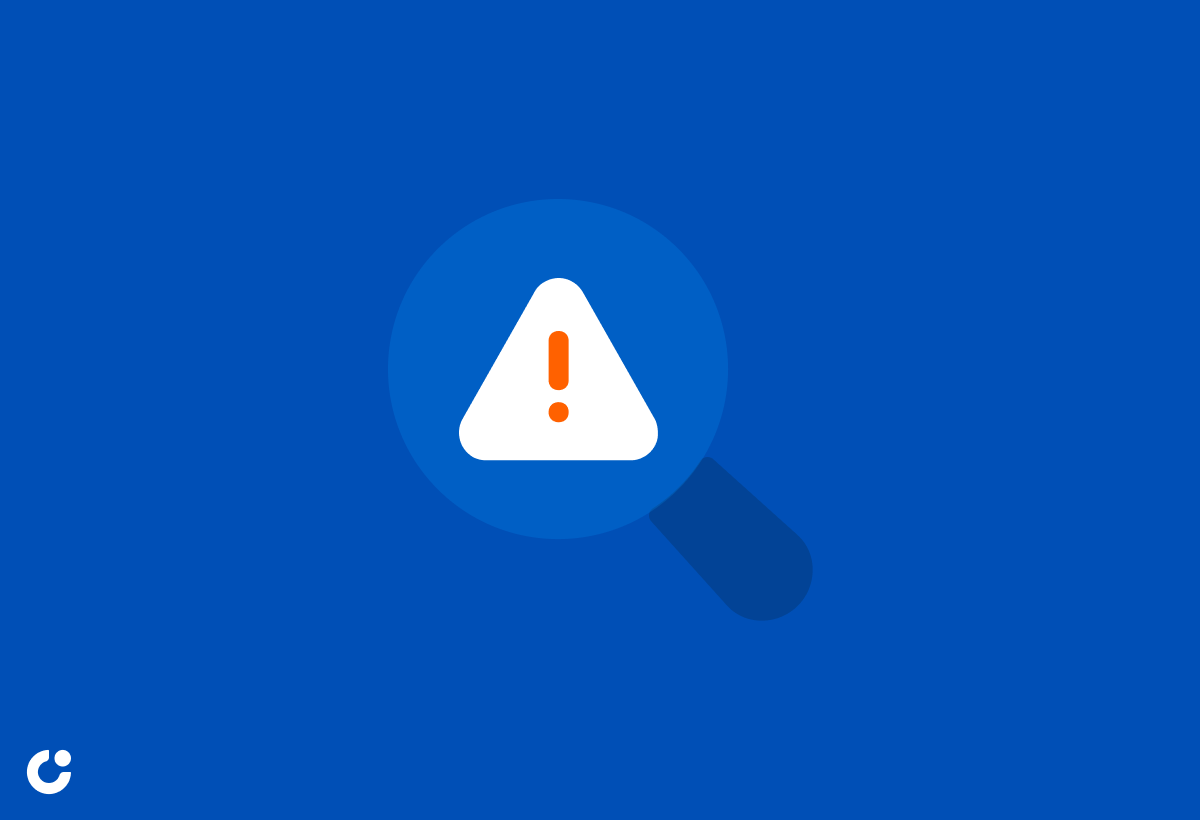
Before sending, always scrutinize your email for grammatical and spelling mistakes. These mistakes can create a negative impression of your competence and expertise, particularly if the errors are related to grammar or spelling.
To avoid errors, consider using tools like Grammarly or Hemingway App, which can help you catch and correct mistakes before sending your email.
Respect the Professor's Time

While sending a cold email, remember that professors are occupied professionals with several demands on their time. To demonstrate respect for their schedule, keep your email brief, clear, and focused on the purpose of your message. By being considerate of their time, you’ll increase the likelihood of a positive response and establish a meaningful connection with the professor.
Sample Cold Email Templates
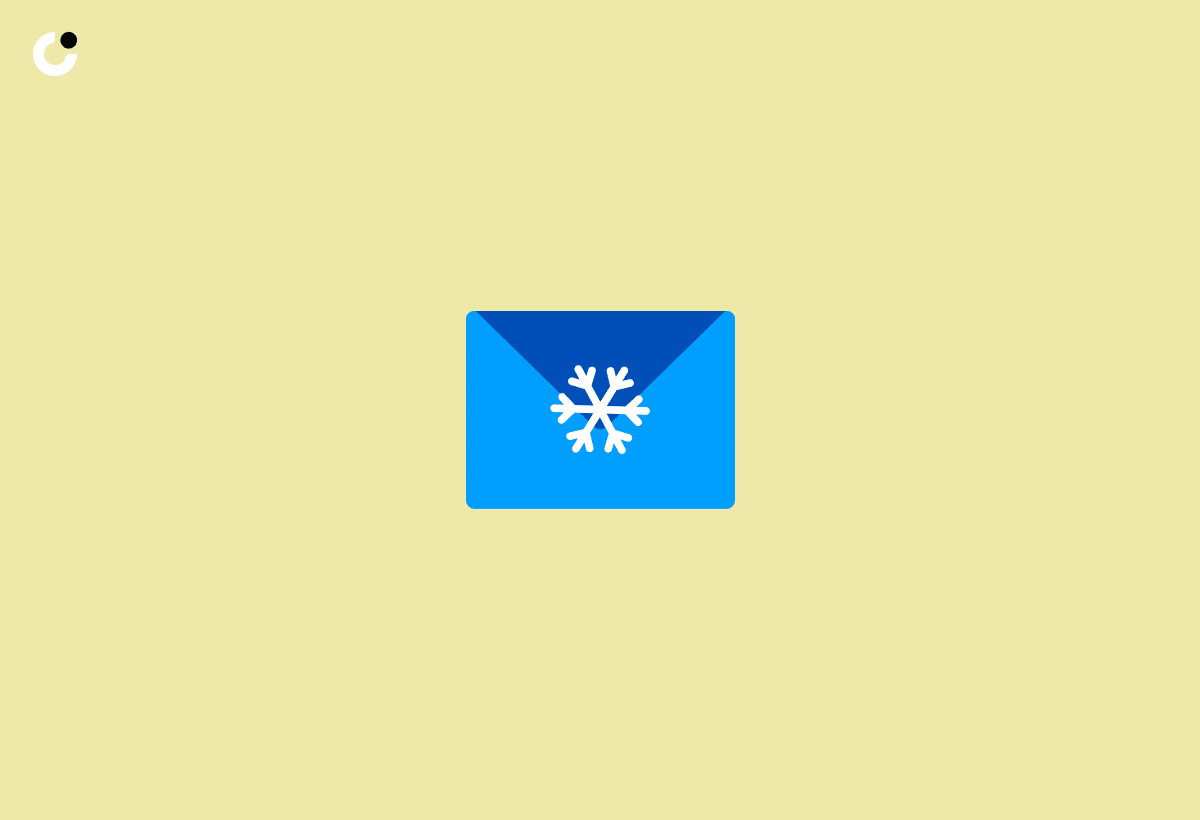
To help you get started on crafting your own personalized cold emails, we’ve provided a few sample templates for different purposes, such as research opportunities, mentorship requests, and collaboration inquiries. Remember, these templates are meant to serve as a starting point and should be tailored to each professor and your specific needs.
Template for Research Opportunity

Subject: Interested in Joining Your Molecular Biology Research on Muscle Stem Cells
Dear Professor [Last Name],
My name is [Your Name], and I’m a [Year] at [Your University] studying [Your Major]. I recently read your research paper on muscle stem cells in the context of muscle regeneration, and I found it fascinating. I’m eager to learn more about this area of molecular biology and would love to become involved in a research project or long-term collaboration under your guidance.
I have experience in laboratory techniques and data analysis, which I believe would be valuable in your research. Thank you for considering my request, and I look forward to hearing from you.
Best regards, [Your Name]
Template for Mentorship Request

Subject: Seeking Your Mentorship in [Research Field]
Dear Professor [Last Name],
My name is [Your Name], and I’m a [Year] at [Your University] majoring in [Your Major]. I’ve been following your work in [Research Field] and am incredibly inspired by your accomplishments. I’m reaching out to ask if you’d be willing to mentor me as I navigate my academic and professional journey in this field. Your guidance and expertise would be invaluable to me as I strive to excel in [Research Field].
I understand you have a busy schedule, and I would be grateful for any time you could spare to offer your insights and advice. Thank you for considering my request.
Sincerely, [Your Name]
Template for Collaboration Inquiry
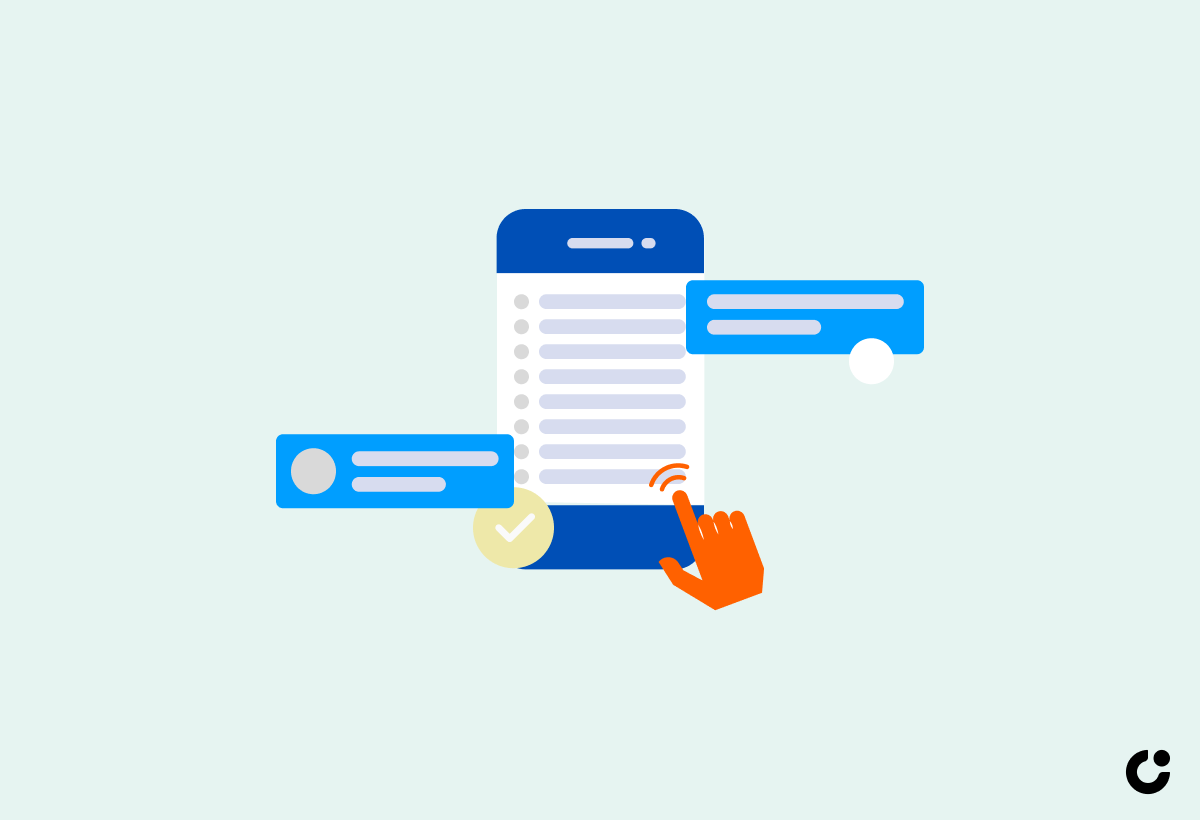
Subject: Exploring Potential Collaboration with Your Research Group on [Project or Research Topic] Due to Similar Research Interests
Dear Professor [Last Name],
My name is [Your Name], and I’m a [Year] at [Your University] studying [Your Major]. I recently came across your work on [Project or Research Topic], and I believe my own research interests and expertise could complement your ongoing efforts. I would be thrilled to explore the possibility of collaborating with you on this project.
Please let me know if you’re open to discussing potential collaboration further. I look forward to the opportunity to work together and learn from your expertise.
Best regards, [Your Name]
Summary
In conclusion, cold emailing professors can be an effective way to connect with them, explore mutual interests, and open doors to valuable opportunities. By researching the right professor, crafting a compelling subject line, writing a persuasive cold email, and avoiding common pitfalls, you can increase your chances of receiving a positive response. With persistence, practice, and the right approach, cold emailing can be a powerful tool in your academic and professional journey.
Frequently Asked Questions
Is it OK to cold email professors?
Cold emailing professors is an acceptable way to demonstrate interest in a college or to pursue research positions. If composed thoughtfully, it may lead to a successful response despite the busy schedules of professors.
How do you write a good cold email to a professor?
When cold emailing a professor, it is important to be polite and keep the message concise. Introduce yourself and present a clear question. End the message with a thank you in advance for their time and consideration.
How do you follow up on a cold email to a professor?
I hope all is well, Professor [Last Name]. I am following up on my email from [when you sent it] about [what your concern or question is], and wanted to see if there is any progress. Thank you for taking the time to consider my request.
How do you write a cold email to a college?
Begin with a clear purpose for the email and create a connection by showing that you've done your research. Keep it brief and informal, conveying how you can provide value to the faculty member. Ensure to write with a professional tone.
How do I find the right professor to email?
Review faculty profiles and research interests to identify a professor whose background aligns with your needs, then contact them via university email or through LinkedIn. Ensure that your message is professional in tone and includes a clear conclusion.

